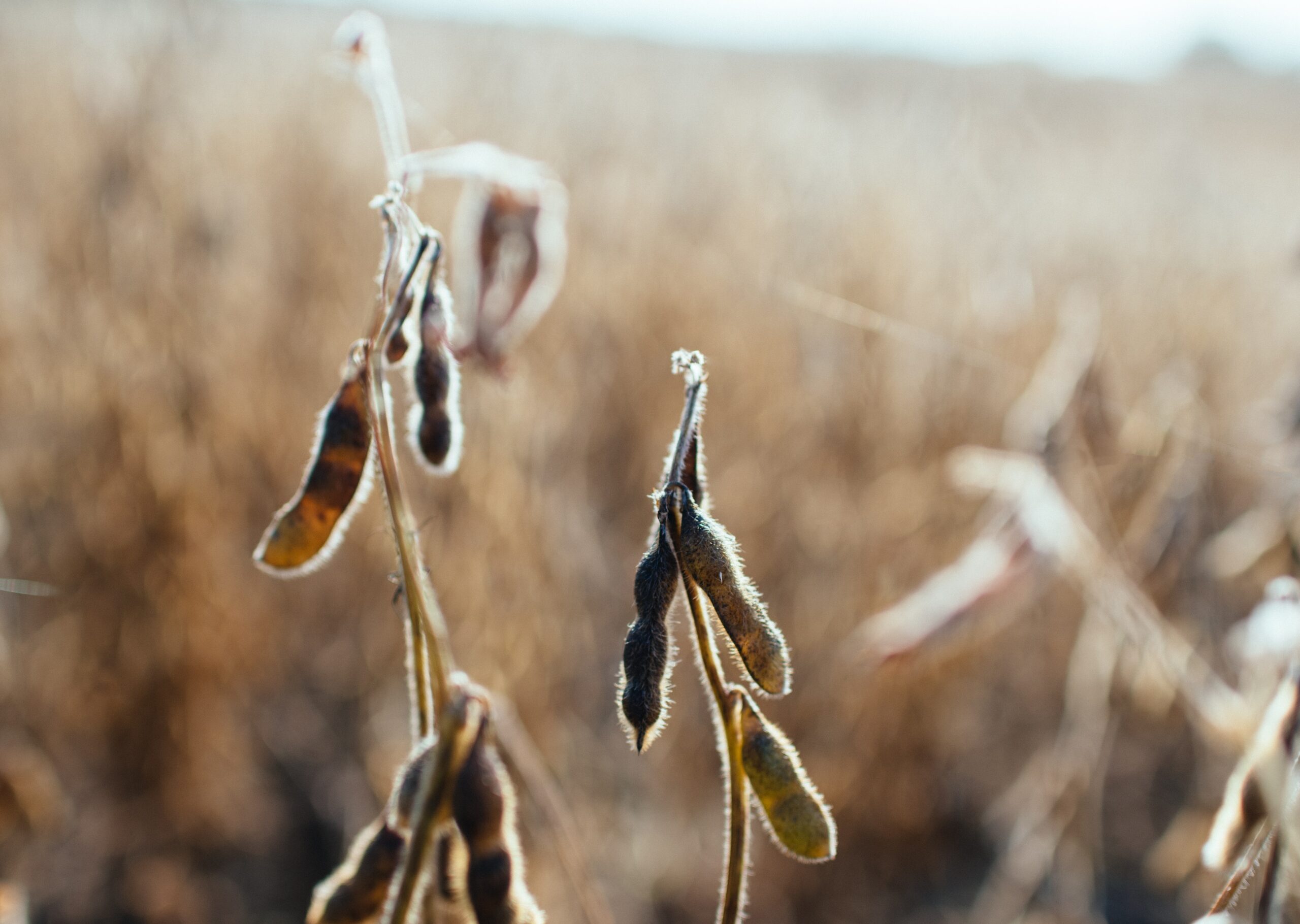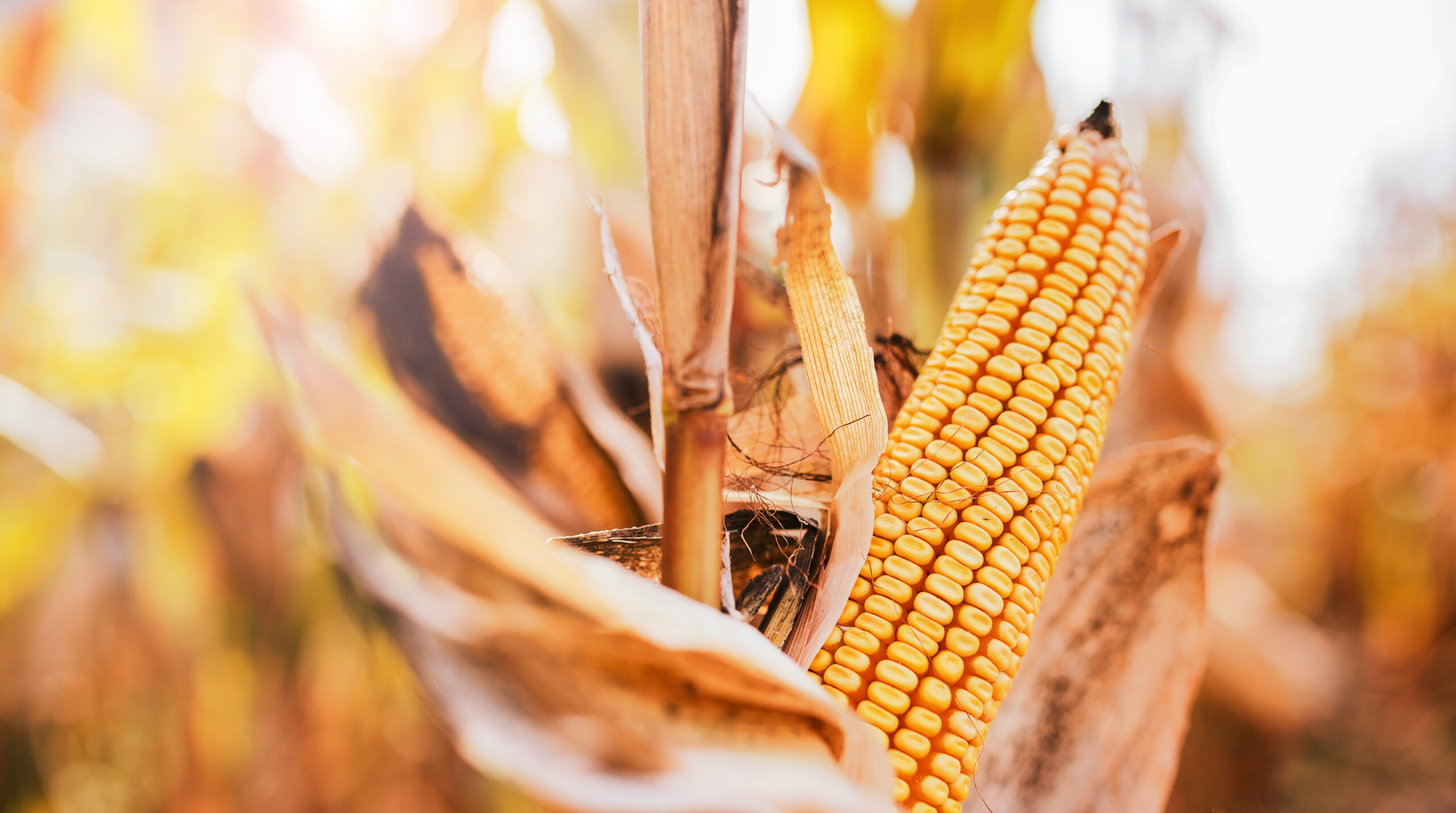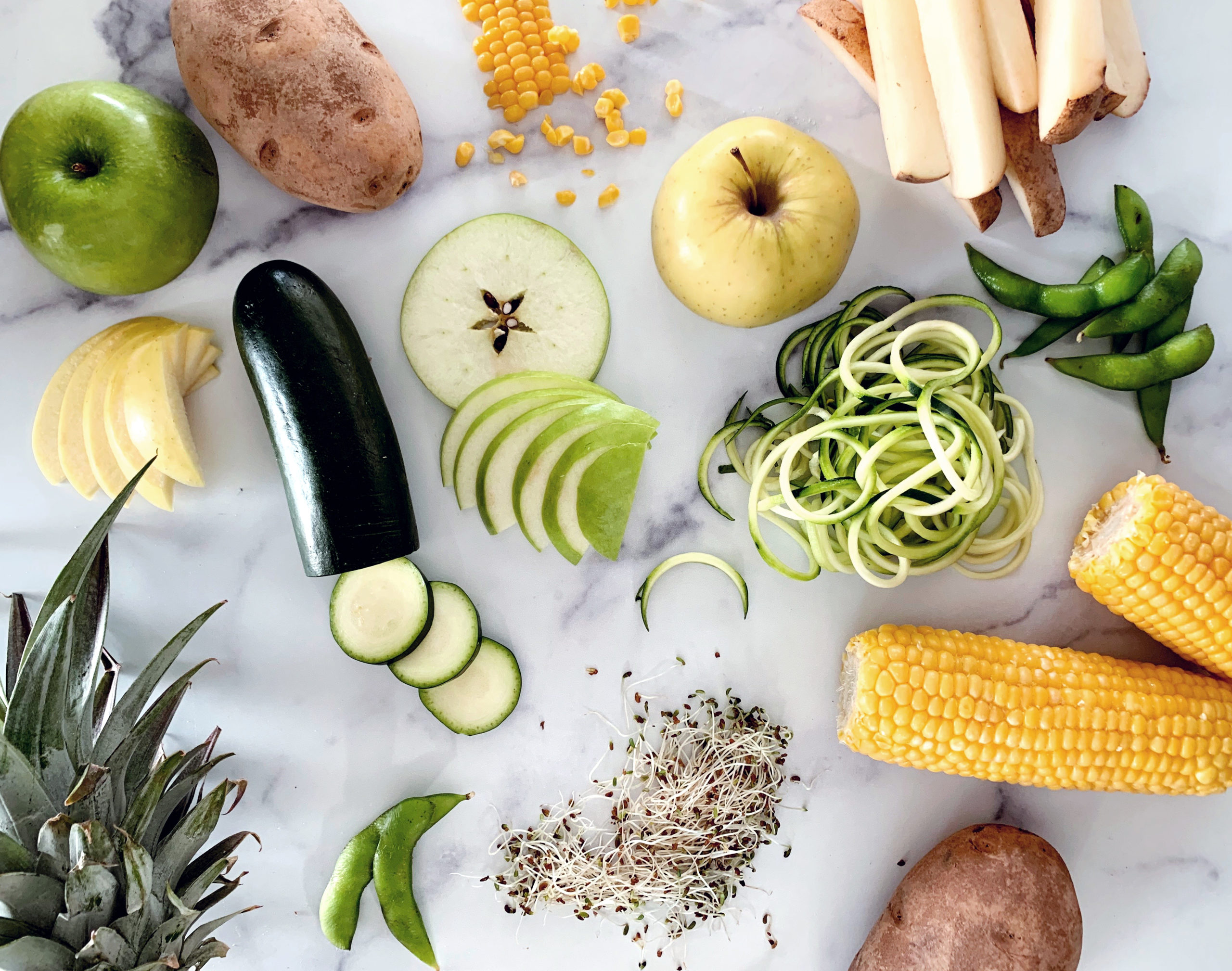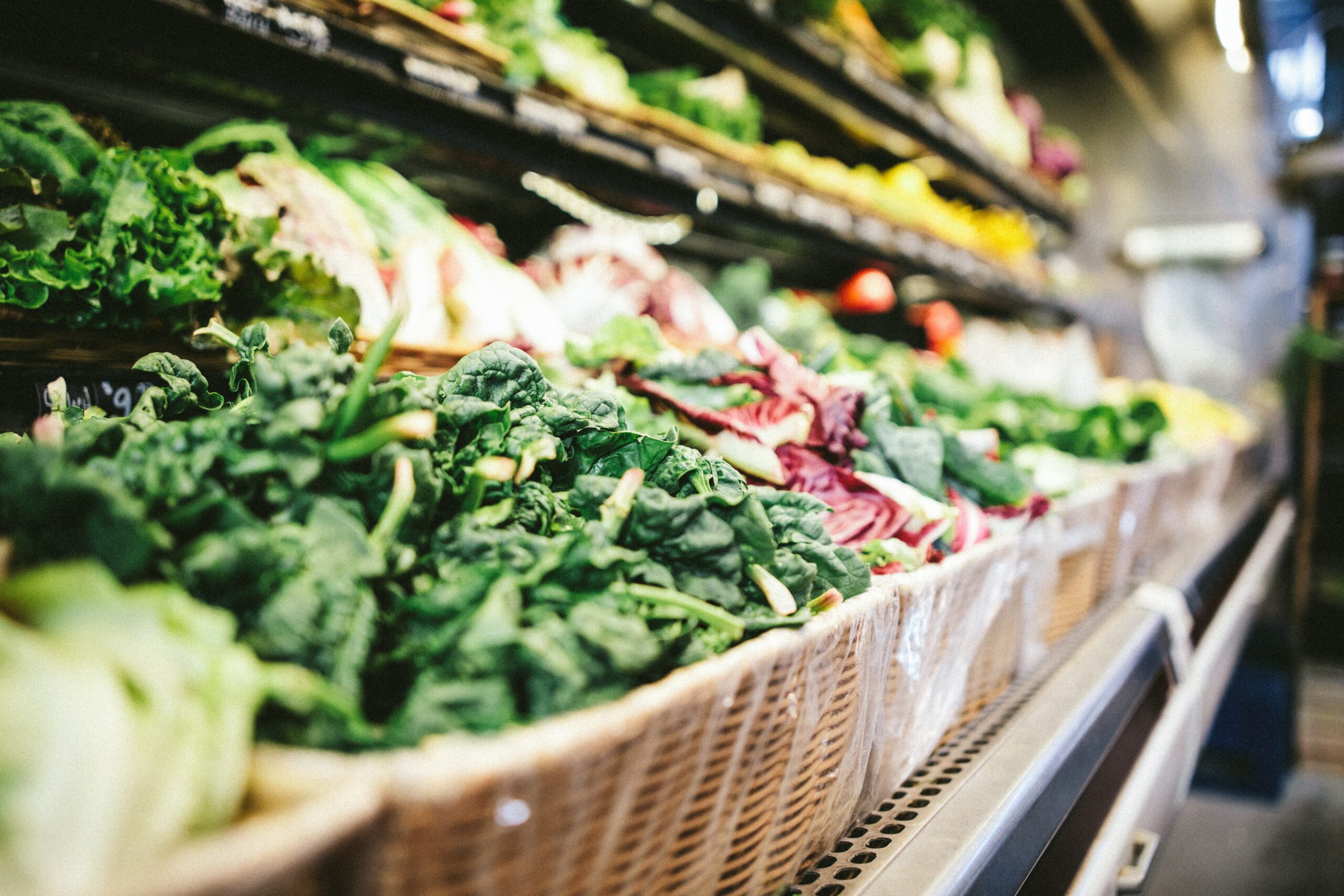GMO FAQ

Got questions about GMOs? You can find a wealth of information in our frequently asked questions.
What does GMO mean?
GMO stands for "genetically modified organism." A GMO is a plant, animal or microorganism that has been subjected to biotechnology, including techniques such as using synthetic genetic sequences to change the organism's genetic material (i.e., DNA or RNA), or forcing the combination of very unrelated organisms that would not normally reproduce in nature.
GMOs entered the food supply in the 1990s, mostly in the form of commodity crops engineered to withstand herbicide application or to produce an insecticide. New GMOs made through gene editing and other new genomic techniques include products such as synthetic animal-free milk, fruits and vegetables that don't turn brown, fast-growing fish, and more.
To learn more, visit What Is a GMO?
Where do GMOs show up in your food?
The USDA itself has estimated that up to 70% of all packaged foods contain GMOs or GMO derivatives. Many common products and ingredients are derived from crops that are at high risk for being GMOs, such as genetically modified corn, soy, cotton, canola, alfalfa, apple, papaya, potato, sugar beet and zucchini. Animal-derived products such as meat, poultry, eggs, seafood, dairy and honey are considered high risk because GMOs are common ingredients in animal feed.
Processed inputs and ingredients derived from high-risk crops and other compounds made through synthetic biology may be harder to spot. These may include corn starch, corn syrup, canola oil, sugar, molasses, soy lecithin, soy hemoglobin, citric acid, cellulose, maltodextrin, flavorings, vitamins and anything that says “vegetable” but is not specific.
Are GMOs safe to eat?
Contrary to industry claims, GMOs do not have a long-term history of safe use. To date, safety claims have been based primarily on short-term studies conducted by the companies that profit from them.
In the 30 years since herbicide-tolerant and insect-resistant GMO crops entered the food supply, a growing body of evidence has raised serious concerns about adverse health effects on human and non-human life. Also, the herbicides that go hand-in-hand with many GMOs can be harmful to human health even at very low levels. For a detailed list of potential health impacts and citations, see GMO Facts & Impacts.
Newer forms of genetic engineering include a wide range of novel organisms and food ingredients that have entered the food supply in the past five-ten years without meaningful regulation or third-party safety testing.
Do we need GMOs to feed the growing human population?
While hunger is a complex issue driven by multiple social, economic and environmental factors, we currently produce enough food for every person on the planet, according to the UN World Food Program. GMOs have not meaningfully decreased hunger or malnutrition during the more than 30 years in the food supply.
By volume, most GMO crops are used in livestock feed and biofuels. Those used in food for human consumption are often nutrient-poor but high in calories — the raw materials for ultraprocessed food. Multiple studies show GMO crops do not produce higher yields than non-GMO versions.
Today, GMO developers may use new genomic techniques to produce proteins, fats and vitamins through fermentation. These techniques are very energy-intensive and unlikely to scale effectively, making them ineffective options for feeding a growing population on a warming planet.
To learn more, see GMO Facts & Impacts.
Aren’t all crops genetically modified?
No, genetically modified organisms are distinct from crops produced using traditional breeding and selection which has been a part of human agriculture for thousands of years. Traditional selection and breeding techniques are based on natural reproduction through processes such as cross-pollination and some include modern laboratory techniques — but does not include biotechnology.
GMOs are created exclusively through the use of biotechnology, which has only been around since the 1970s. Biotechnology involves manipulating a target organism's DNA or RNA or overcoming natural reproductive barriers.
To learn more, read What's NOT a GMO?
How do GMOs affect farmers?
GMOs can undermine the resilience of our shared food system by impacting farmers' financial security and autonomy in the following ways:
To learn more, see GMO Facts & Impacts.
How do GMOs impact the environment?
GMOs are a direct extension of chemical agriculture and are developed and sold by the world’s biggest chemical companies. GMOs may impact the environment directly and indirectly, and, once released into the environment, they cannot be recalled.
To learn more, see GMO Facts & Impacts.
What does “high risk” mean? What crops are high risk?
The term "high risk" refers to a crop with a widely commercially available GMO version. For example, the Non-GMO Project considers corn a high-risk crop because 93% of US-grown corn is GMO. The term "high risk" does not mean the crop is harmful or worse than other crops.
High-risk crops currently include alfalfa, apple, canola, corn, cotton, papaya, potato, soy, sugar beet and zucchini.
To learn more, visit Understanding Risk Status.
What does non-GMO mean? What does Non-GMO Project Verified mean?
Non-GMO means a product was produced without genetic engineering and its ingredients are not derived from GMOs. Non-GMO Project Verified specifically means that a product is compliant with the Non-GMO Project Standard, which includes stringent provisions for testing, traceability, and segregation. Only Non-GMO Project Verified products are allowed to use the verification mark. Importantly, the mark includes the Project’s URL, where consumers can look up the Standard to better understand what it means.
To learn more, visit What Is Non-GMO Project Verified?




